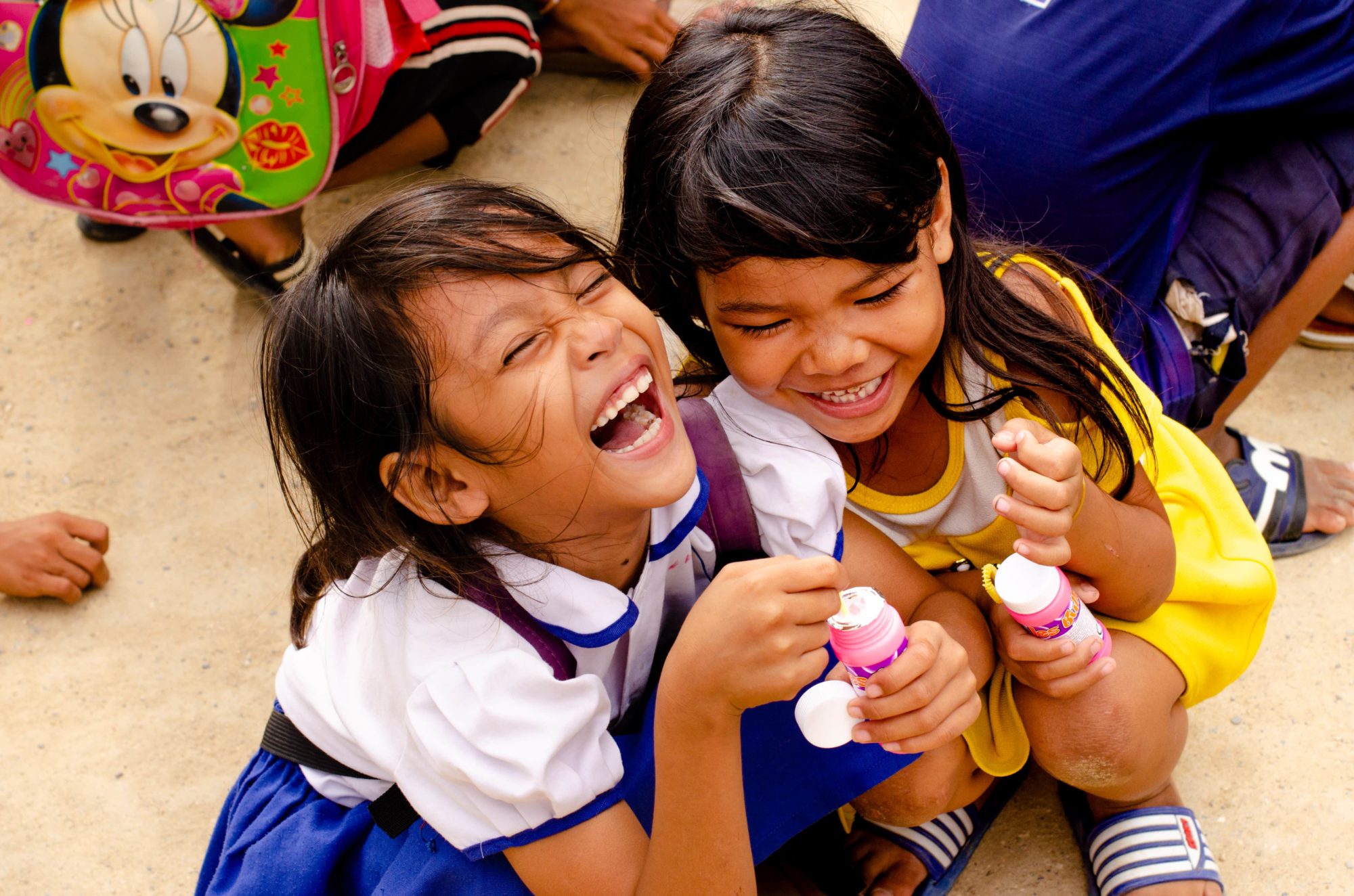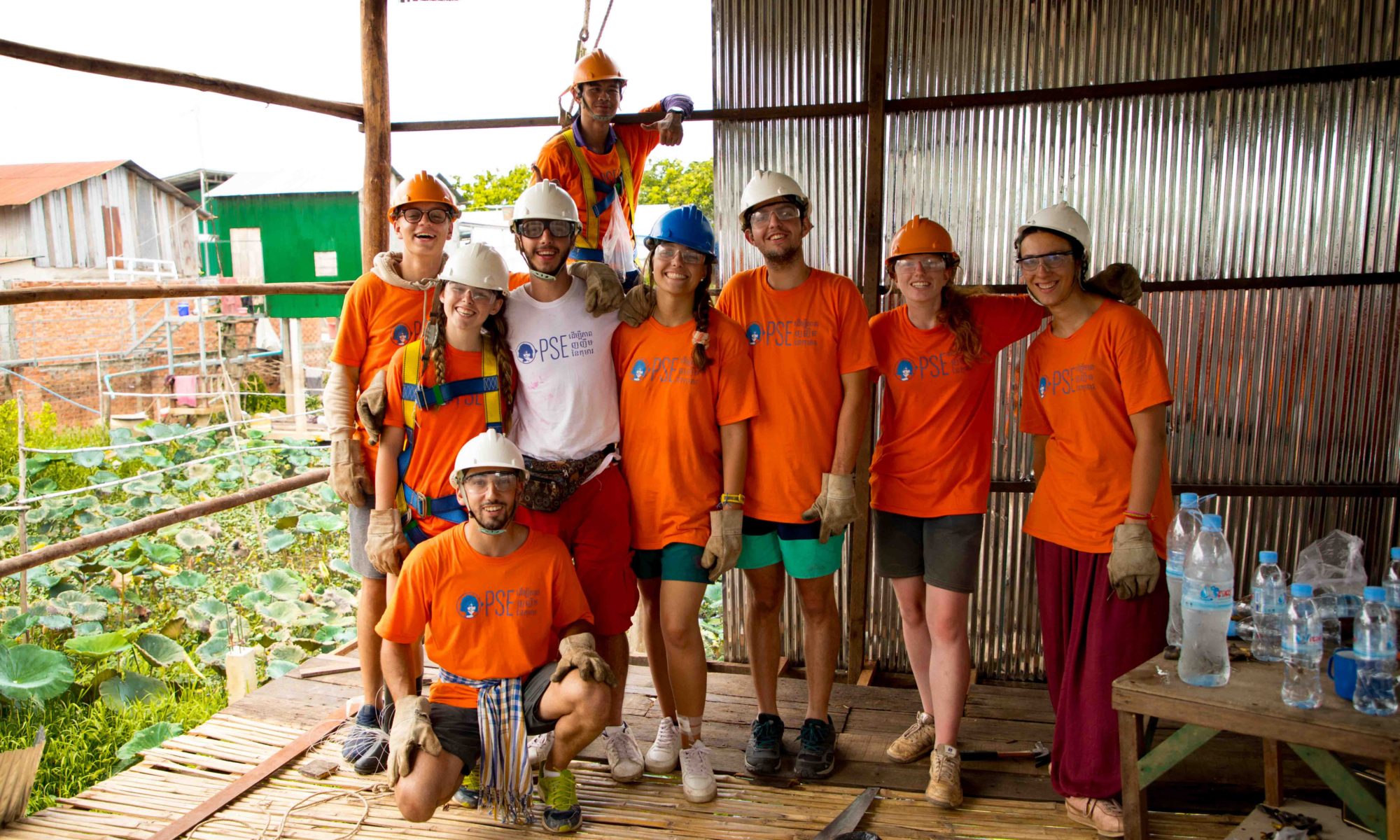The construction project is a fundamental part of the School Continuity Programs. This very specific program consists in rebuilding the houses of families who cannot afford it and who live in inhumane conditions. “Through the Construction camp a lot of support has been provided to families whose houses were deteriorated because they needed to be rebuilt or repaired”, Bo Phearak, Khmer monitor for the construction project for the second year.
Every week, a new group comes, formed by monitors coming from all the different camps of Phnom Penh, meaning that the team is constantly changing. During the four weeks it lasts, the monitors volunteer to help the construction project.
They are kids living in these houses, so the Construction team rebuild the house in exchange for their commitment to go to school.
PSE’s Social Team chooses which neighborhoods and which families most need help. Usually, they are kids living in these houses so the Construction team rebuild the house in exchange for their commitment to go to school – either PSE’s or a public one.
This first week has been spent in the neighborhood of Veal Sbov, to rebuild two houses. In one of these, four children, their parents and their grandmother were living. They were so many for such a small house, they even had to have a bed outside because all of them could not fit inside. Furthermore, it was not elevated enough and it got regularly completely flooded because of the rains.
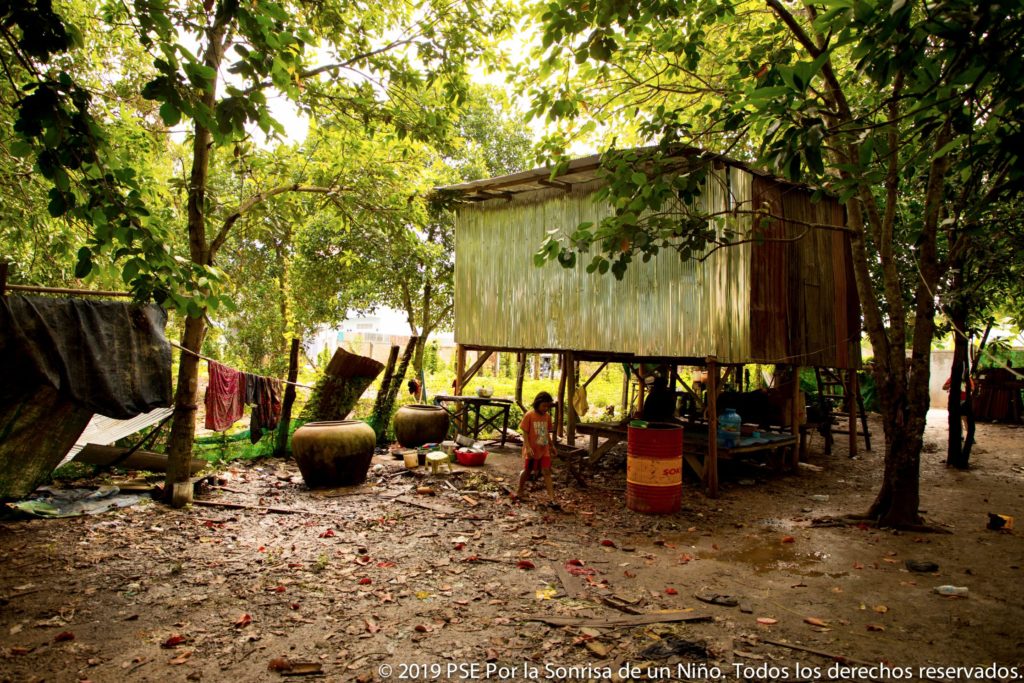
“Before the reconstruction, I faced many difficulties. When it was raining, my house was flooded. So I needeed to move a lot of materials to avoid too much damage. My old house was very small and there was not enough space for my children to be comfortable,” says Phat Kunthea, the grateful father of the family living in this first house.
Thanks to the construction project, they now have a more spacious house, with a bigger pillars’ height so that everyone can comfortably live there.

The second house is also too small for a family formed by a father, a mother and their five kids. The father is builder, so he helped a lot rebuilding his own house. However, he could not have fully rebuild it on his own as they almost don’t have any money to even buy food: his wife does not work and he does not have a stable job. “ They need a place to live and if we weren’t here they wouldn’t be able to build a house.” commented Nora, who went helping the construction project during the first week of the School Continuity Program.
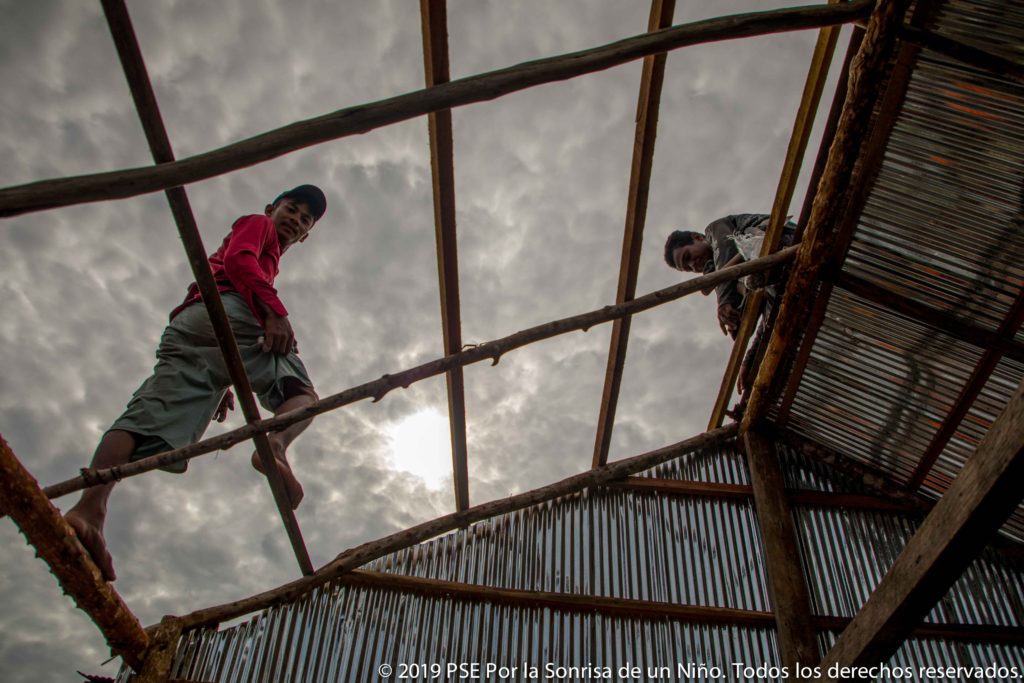
The old house is demolished and the material composing it are sorted out in order to recycle the maximum of them.
Since each house is and will be different, because of its original general state, its size, as much as the family’s needs, there’s no given time to build the houses. The way the houses are rebuild and the material used are, however, common to all. In a first place, the old house is demolished and the material composing it are sorted out in order to recycle the maximum of them, all of those who are well conserved. Also, trees and bamboos that will be used are peeled so that they are not dangerous.
Tree trunks are then placed into the ground to serve as pillars for elevating the house. Above these, cross pieces will be fixed to form the frame for the house’s floor and the base of exterior walls. Smaller pieces of wood and bamboo are also used for the floors: the bamboo – slicker and therefore more pleasant is nailed to the wood which serves as base for the floor. If there is not enough bamboo, the slick wooden planks used in the previous houses get reused. Other cross pieces and pillars will also be placed on the sides to support the walls, then the roof. The walls and ceiling will eventually be covered with metal sheet. “ This year, all houses will be made of wood and metal sheet. We used to built some in bricks and cement but they were more expensive and therefore smaller”, explains Andrea, coordinator of the program.
But the project doesn’t end here. After this first week, the Social team has new proposals for the construction team in the neighborhoods of Tropang Anchan, Sen Sok, Sovannah and Preyhour. These new projects will take up the rest of the weeks and help about five more families.
Andrea is very dedicated to this project, and his will is that all those who want to be part of it, can do it without problems. That’s why he is thinking about writing a manual about everything he has learned about the construction of this type of housing, to make it easier for the future monitors involved in this program. “What I want to do is write a kind of instruction booklet on how to build a Cambodian house of wood, veneer and bamboo. Guiding people through the steps to follow, according to the land on which it is or the weather conditions,” describes Andrea.
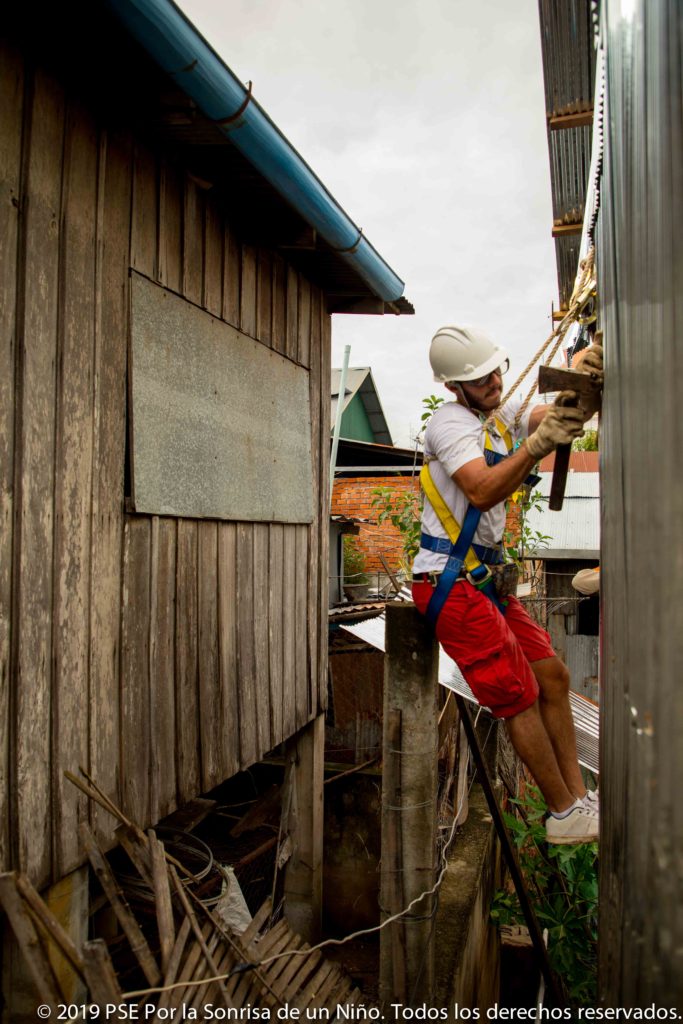
When seeing the work done by the construction team and the faces of the people they deliver the houses to, everyone can easily understand that the Construction project is not even about building houses but it is about making smiles appearing on people’s faces and helping them to build a new and better life.
